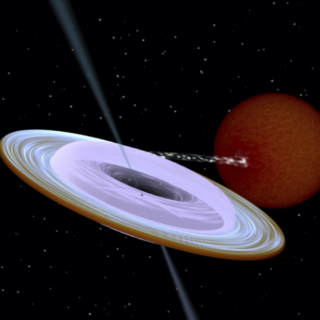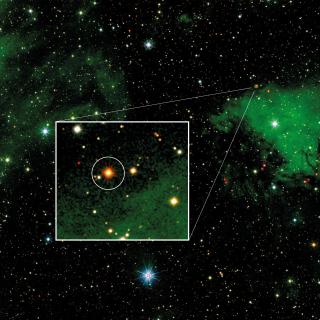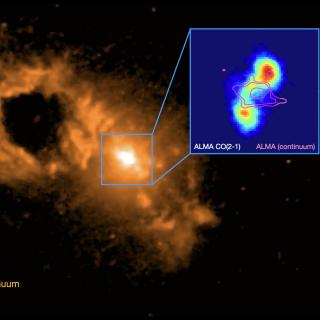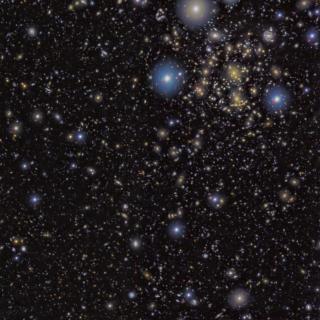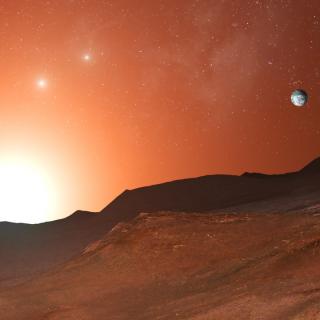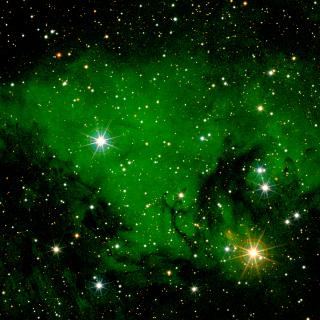
2MASS J20395358+4222505 is an obscured early B supergiant near the massive OB star association Cyg OB2. Despite its bright infrared magnitude (Ks= 5.82) it has remained largely ignored because of its dim optical magnitude (B= 16.63, V= 13.68). In a previous work we classified it as a highly reddened, potentially extremely luminous, early B-type supergiant. We obtained its spectrum in the U, B and R spectral bands during commissioning observations with the instrument MEGARA@GTC. It displays a particularly strong Hα emission for its spectral type, B1 Ia. The star seems to be in an intermediate
Advertised on
